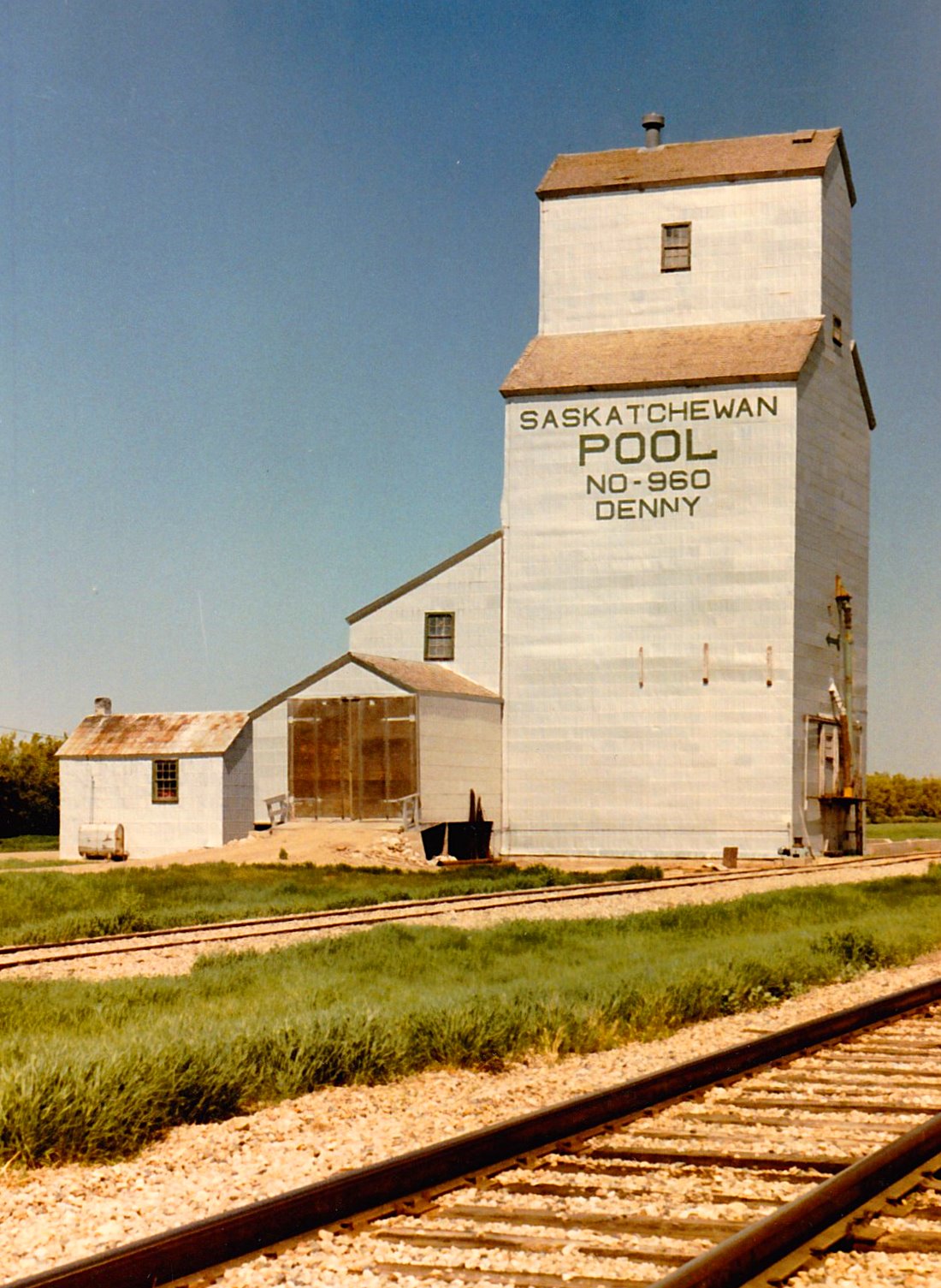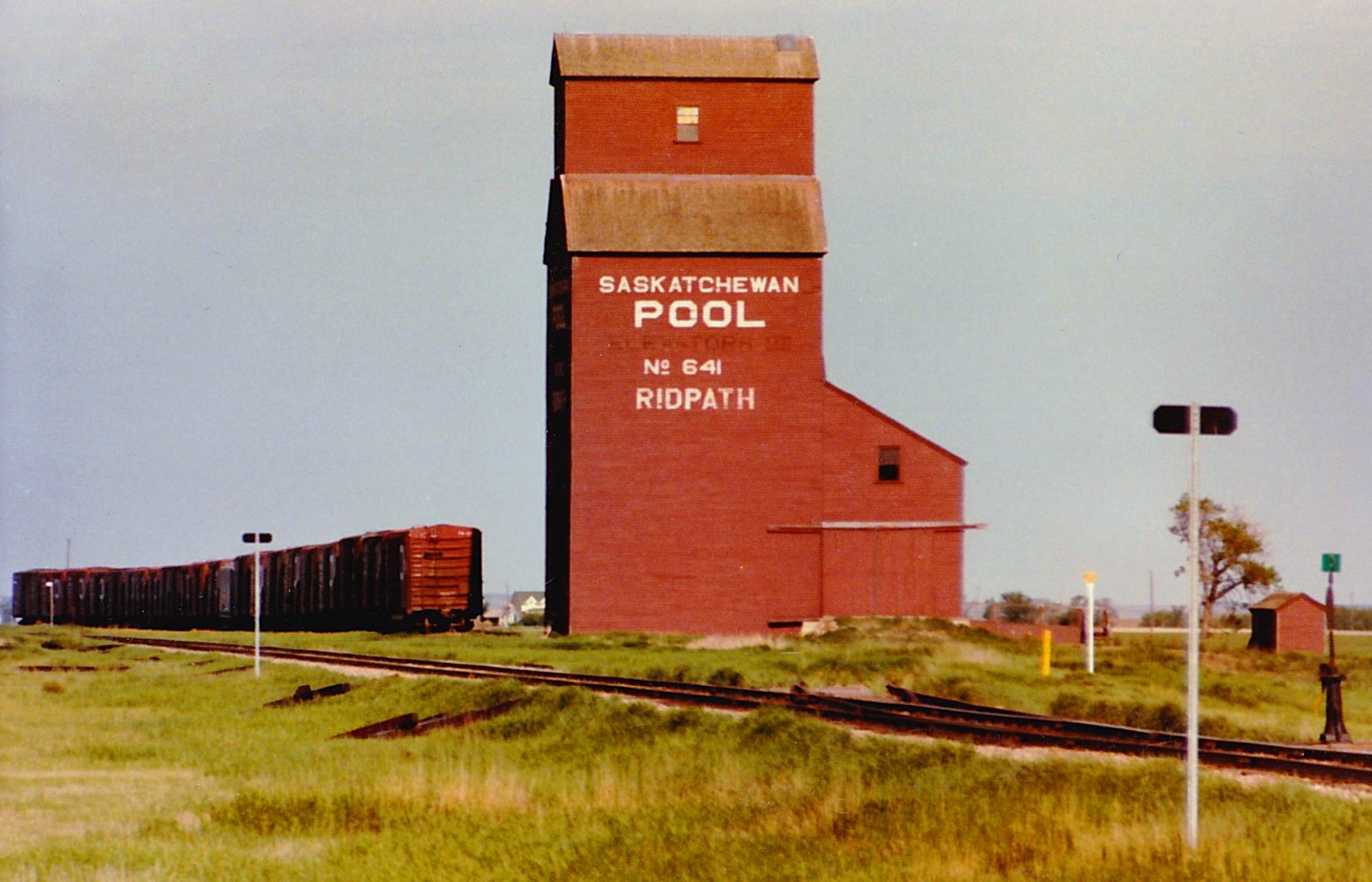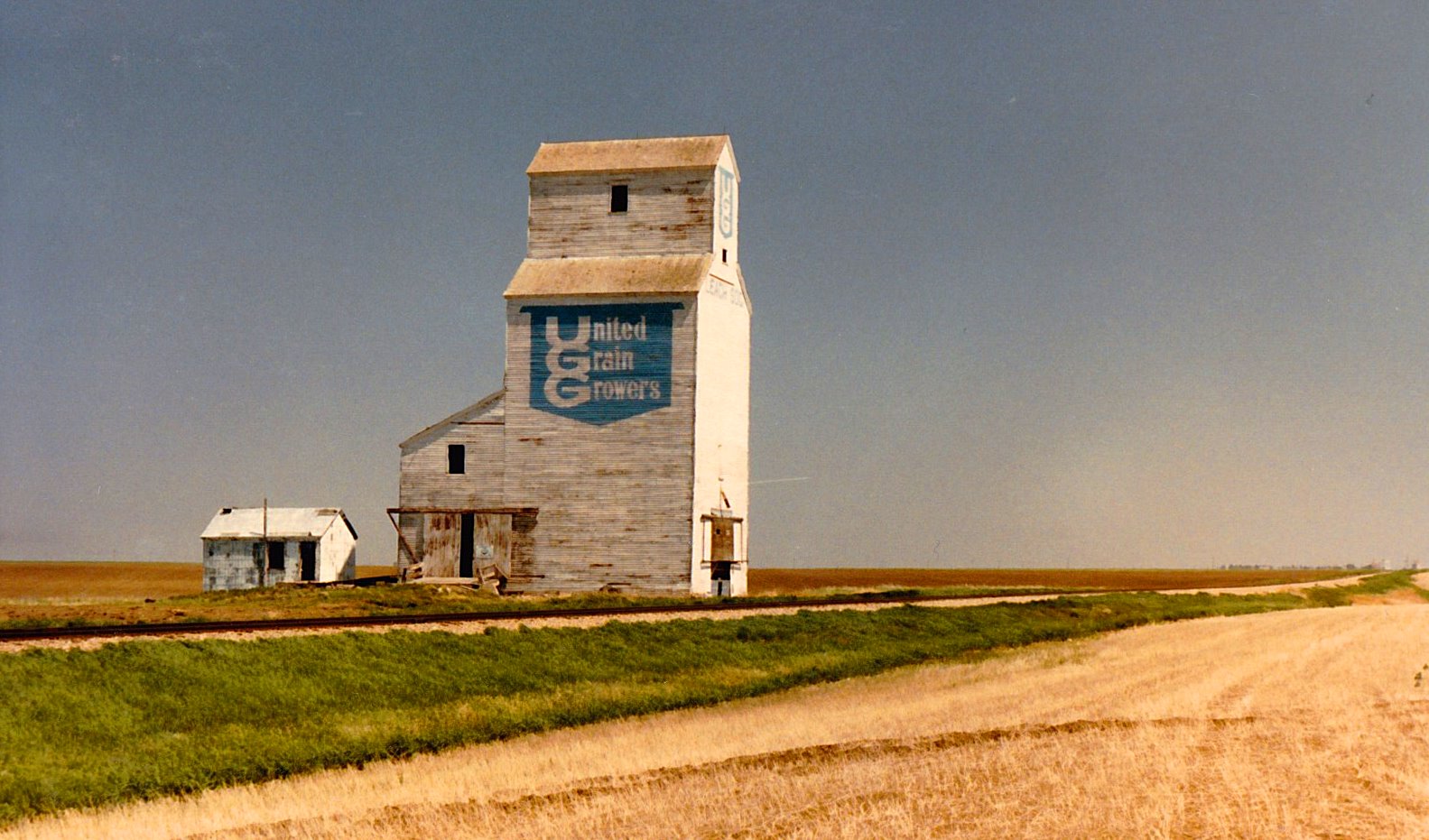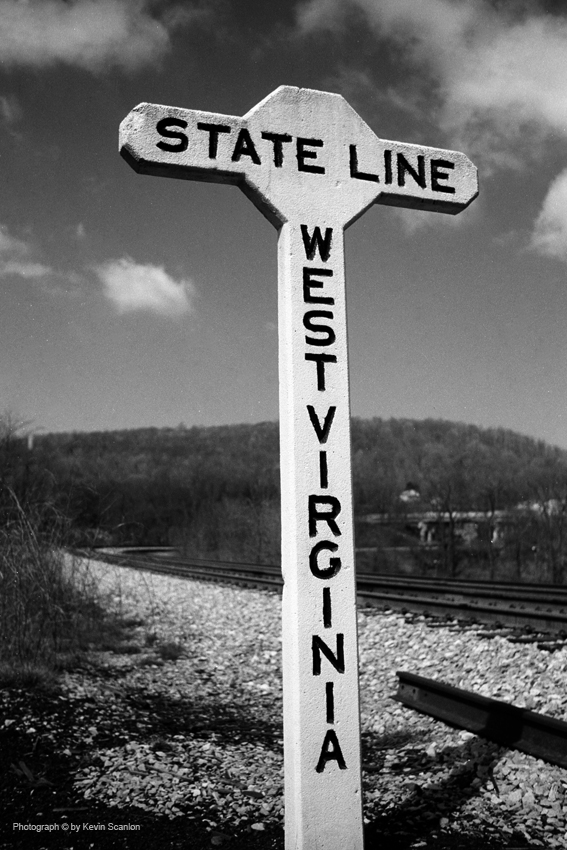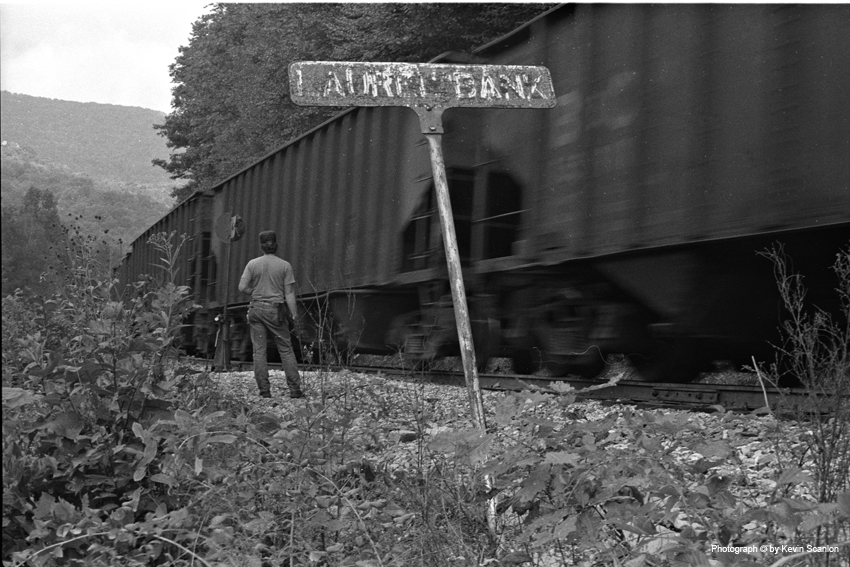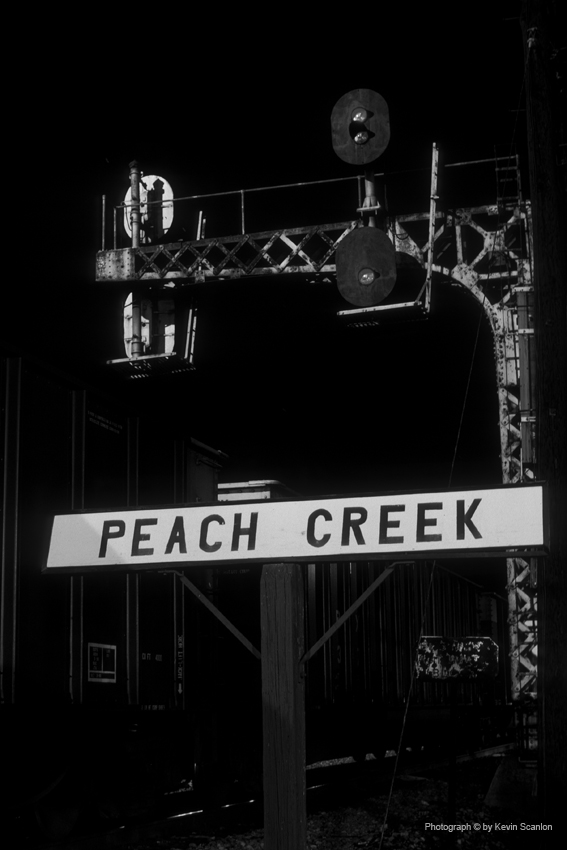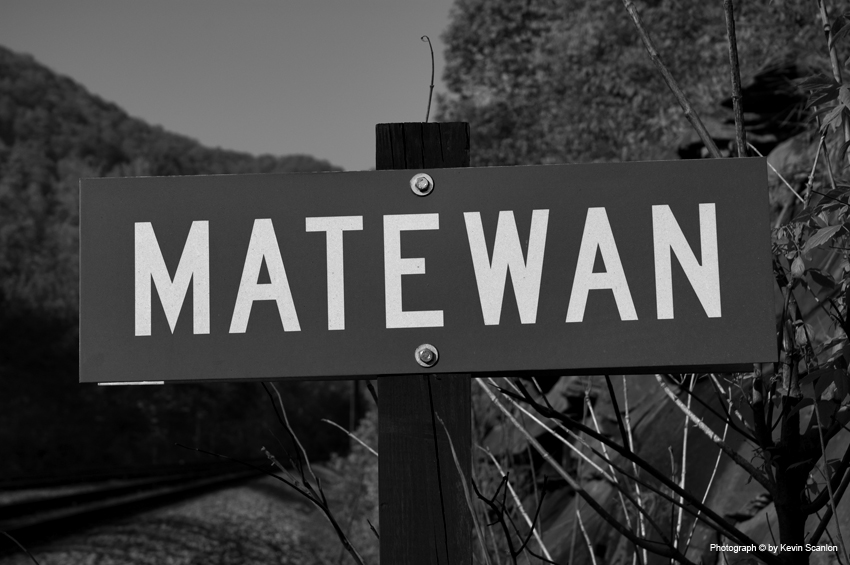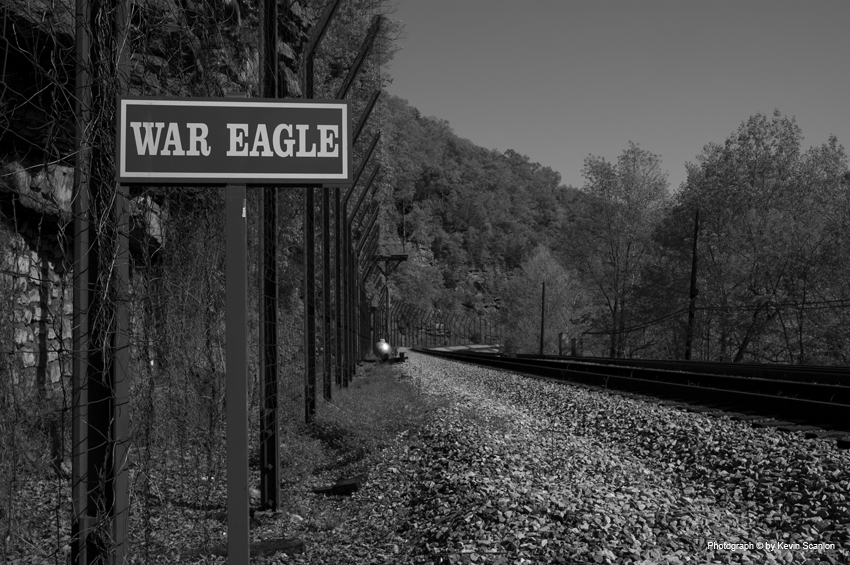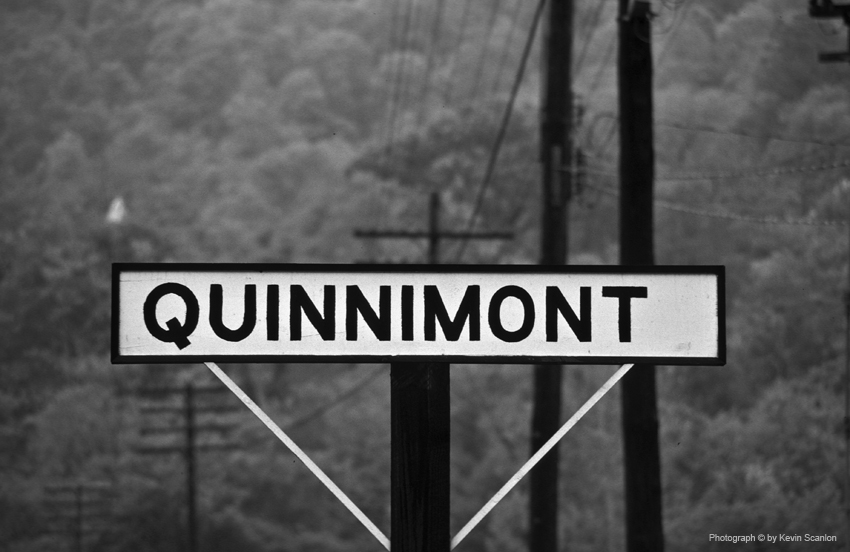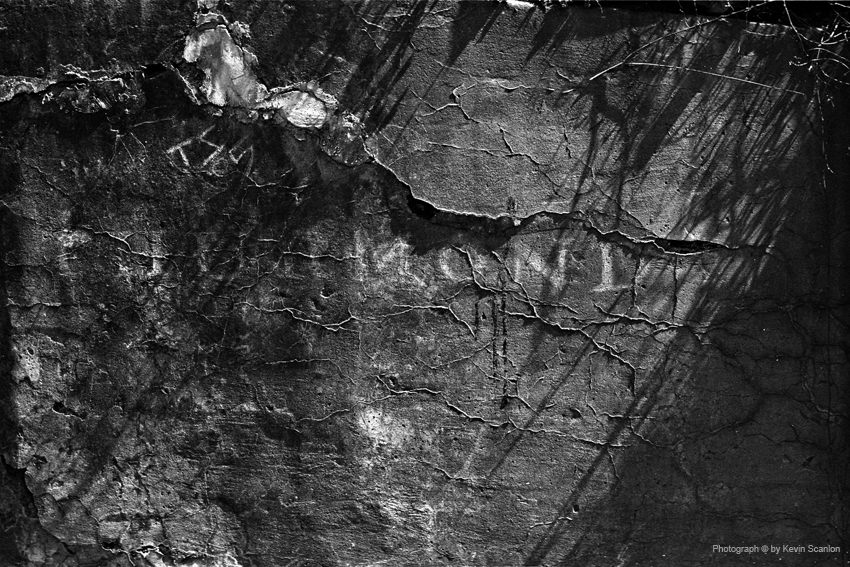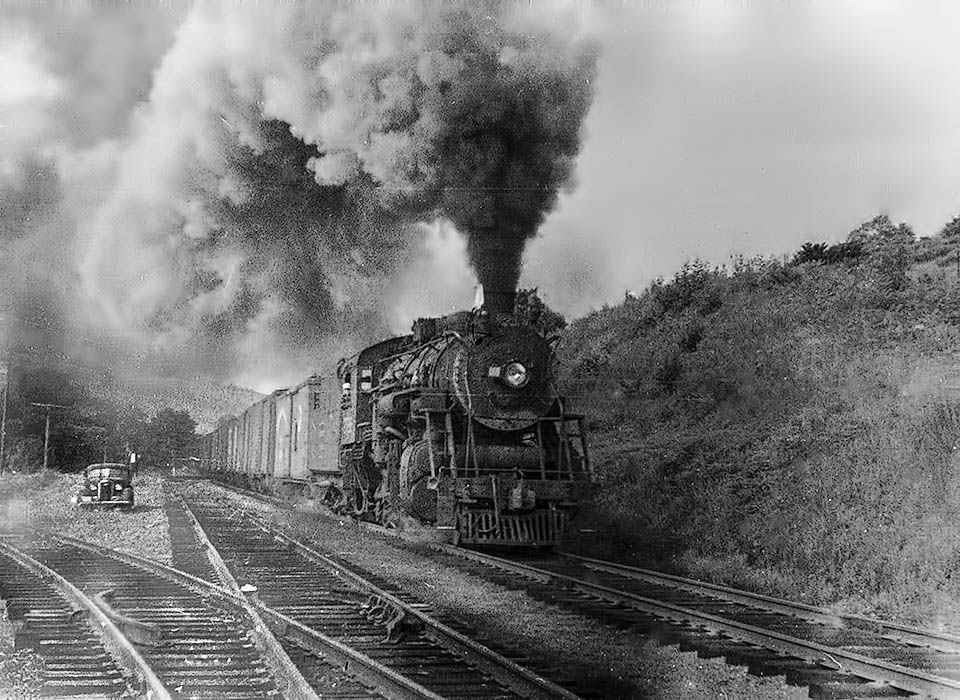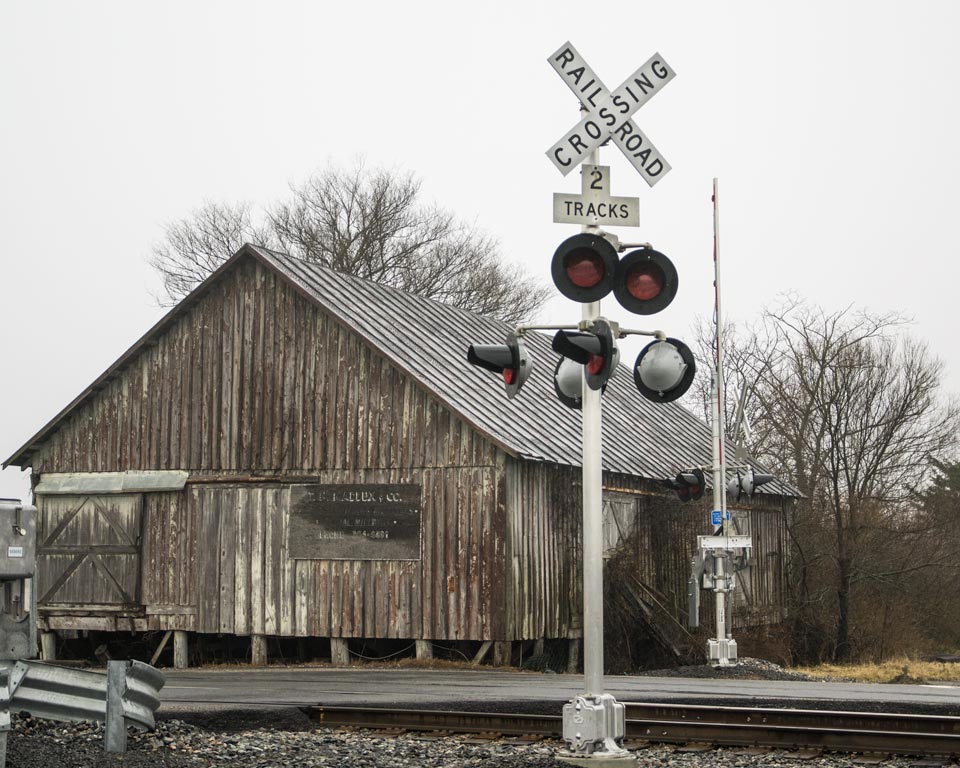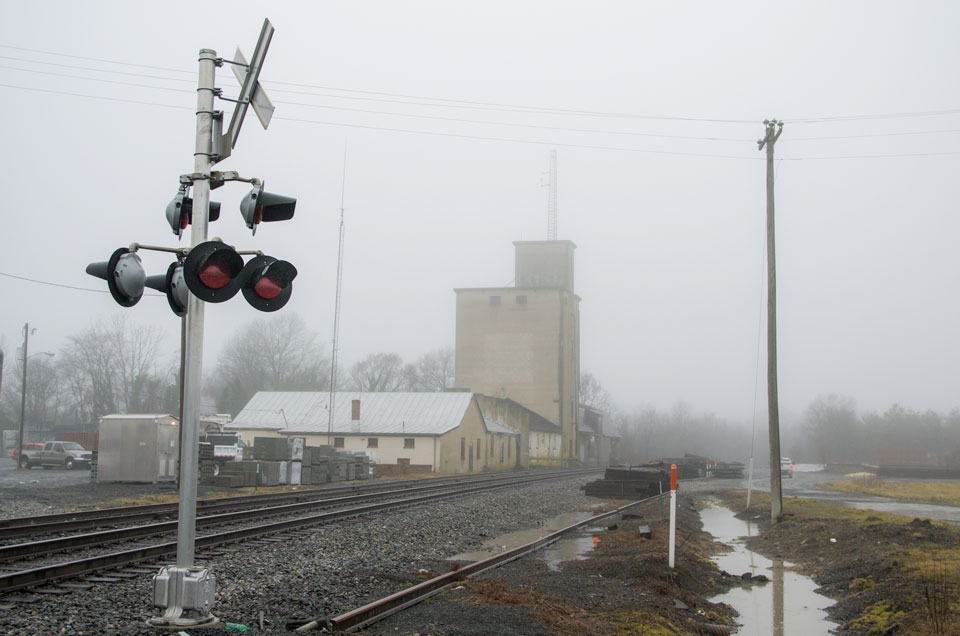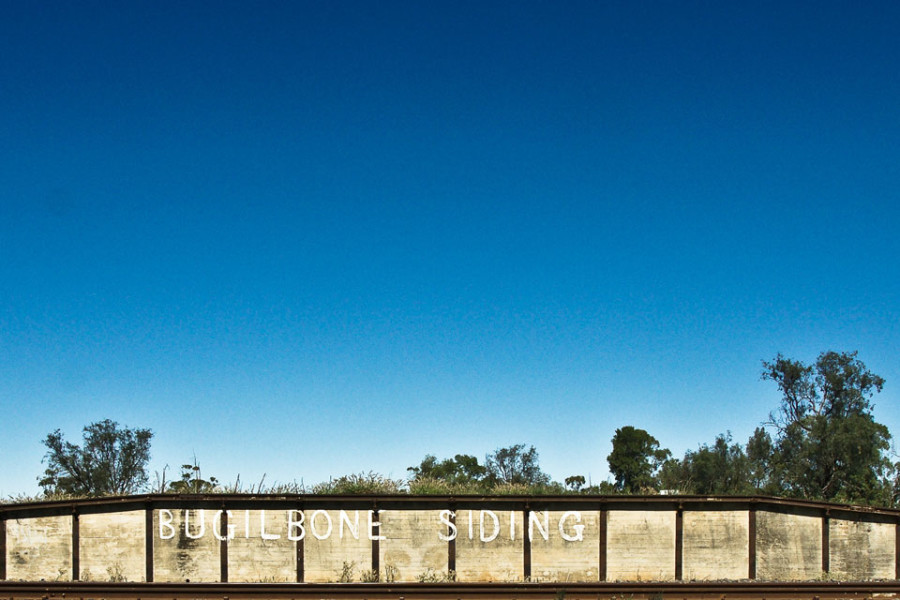My daughter did not plan very well. She lives in Yuma, Arizona, in the southwest corner of the state, one of the hottest places in North America. She already had two rambunctious boys, ages three and five, and her third was going to arrive in June of 2014. Her husband would be off with his National Guard unit on the baby’s due date, so my wife and I flew down to help out.
Our days mainly followed the same pattern: get up, take the boys outside early in the morning to work off some energy before temperatures hit triple digits, back home to amuse them in the air-conditioned house, out for a little more running around after sunset, and then bed. There wasn’t much time for photography, but there was a little.
I was surprised to learn that Yuma, despite being in this harsh, hot desert (at least in June), is the center of a major agricultural district. During the winter, 80% of vegetables sold in the United States come from the Yuma area, and my daughter’s home is surrounded by citrus farms. Union Pacific has a very busy line running through Yuma, but there are a lot of other tracks around.
The reason Yuma can support all of this farming is the Colorado River, which is one of the few places one can take hot children to cool off. And one spot, a very nice little beach, also features shade cast by two bridges, one highway and one railroad.
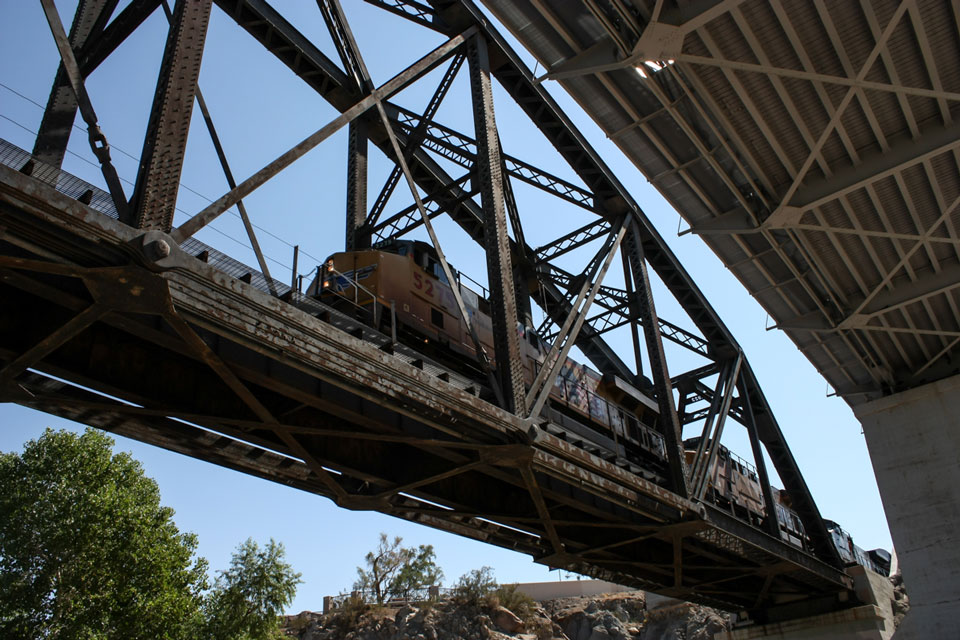
I occasionally had a bit of time to poke around and see what I could find. Near one little collection of spur tracks I found a bit of discarded history.
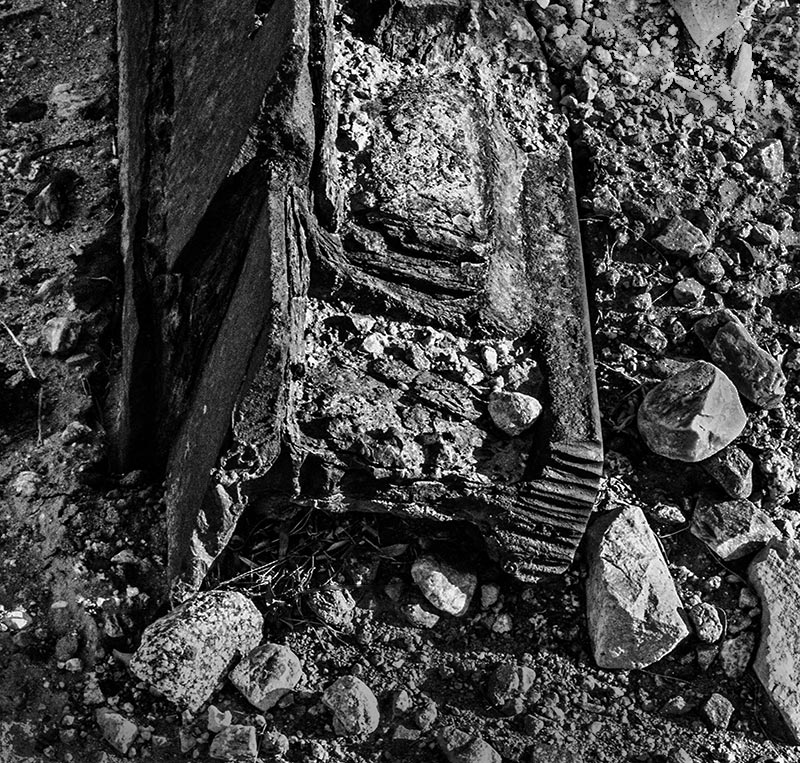
One of the main north/south roads through Yuma near my daughter’s house once had a railroad track running right next to it. Sand keeps trying to cover it, but wind won’t let it.
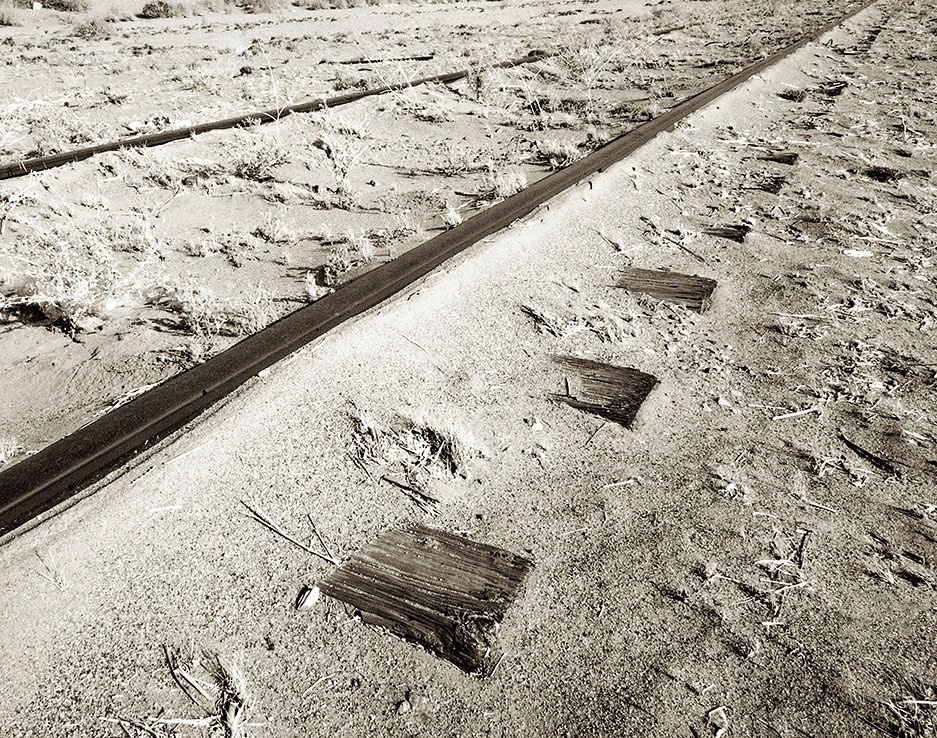
The two boys were scheduled to attend Vacation Bible School. My daughter wasn’t sure how she would get them there, since by then the baby had arrived. Sensing an opportunity, I volunteered to take them, since I could roam with my camera for two hours, and then go back to the church and pick them up. One evening, I visited the top of the bridge we had played underneath a few days earlier.
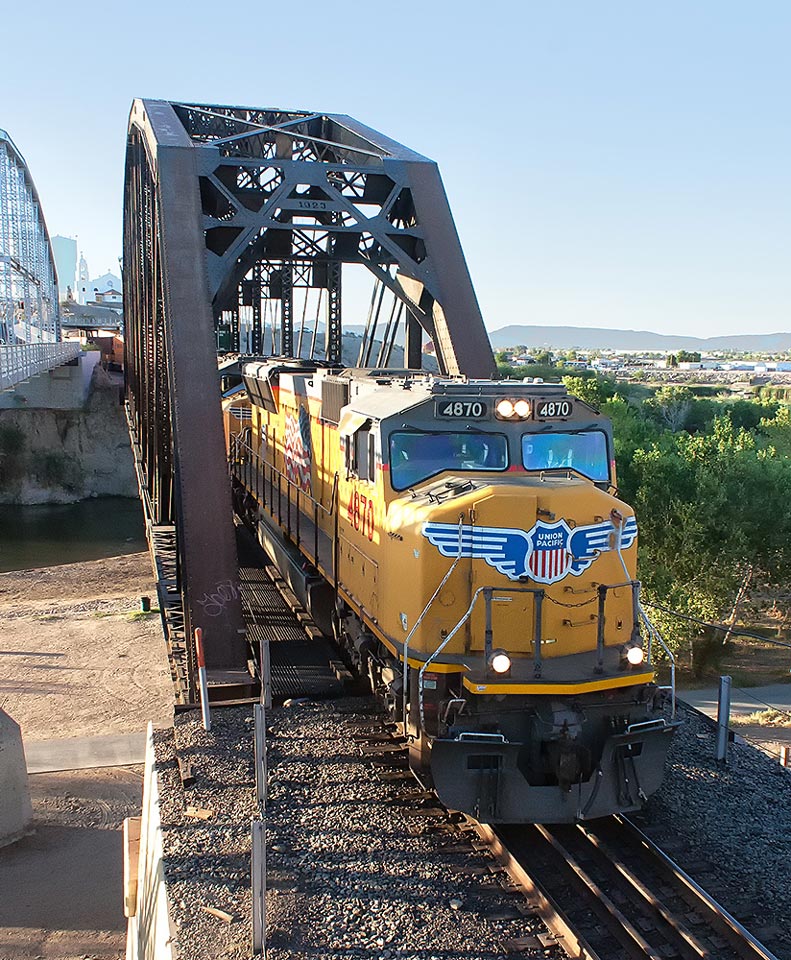
Another evening, I went scouting, and found a signal bridge with interesting possibilities. The next night, I took a good book and a jug of water, went back to the bridge, and waited. An eastbound train came at just the right time.
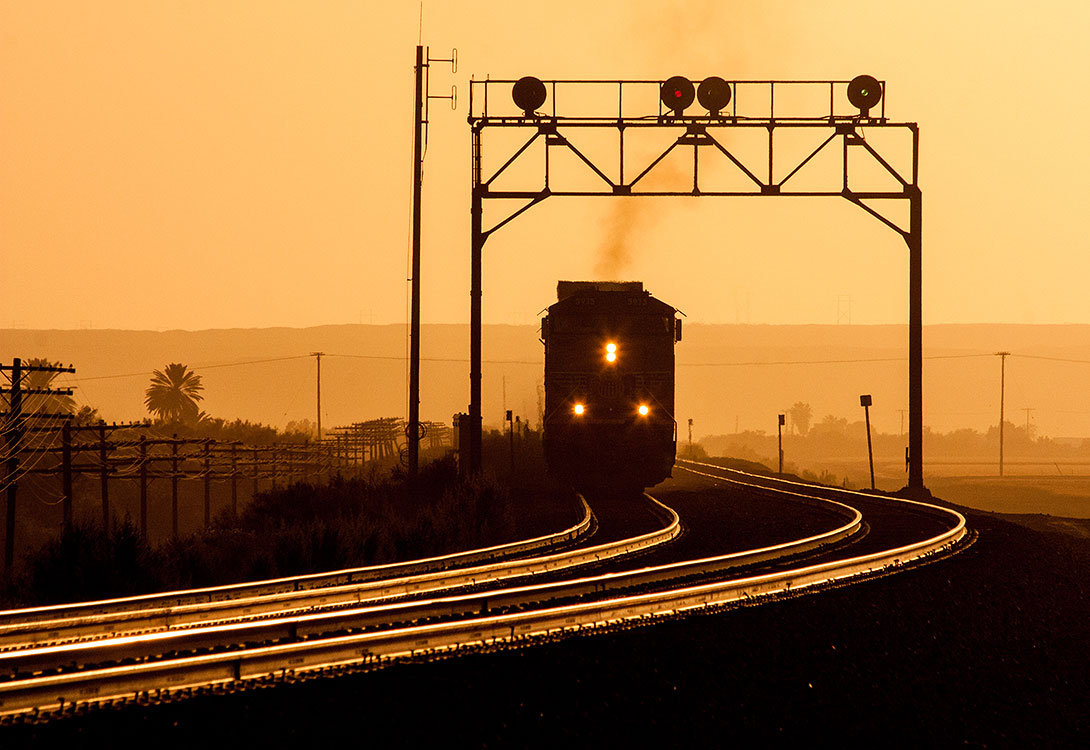
Rob Richardson – Photographs and text Copyright 2016
See more of Rob’s work at Where Trains Were
